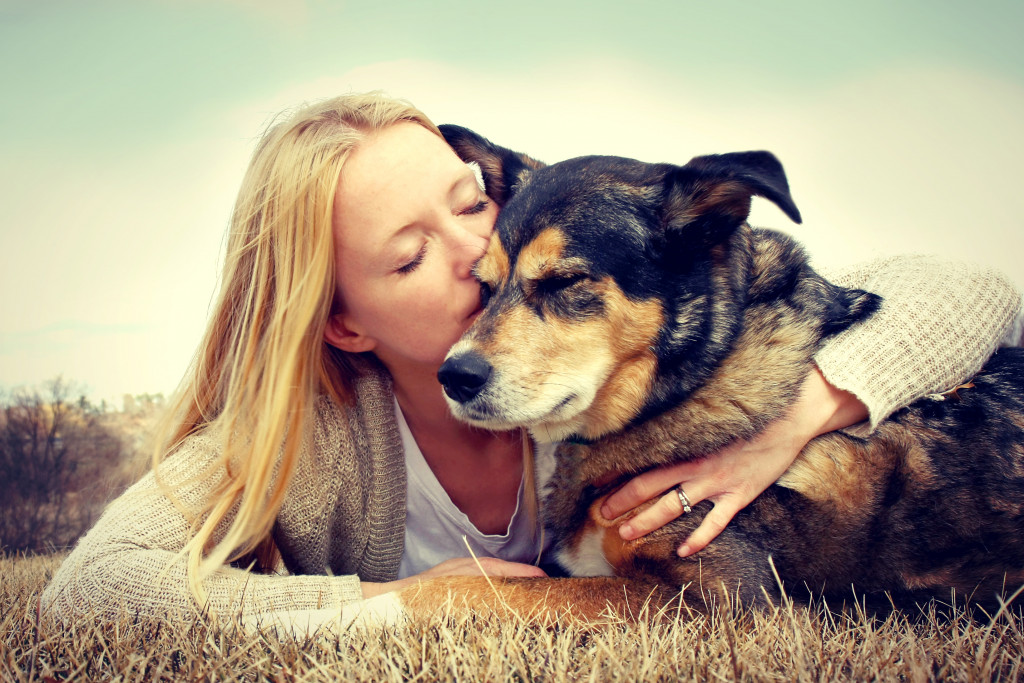Pets are starting to be accepted in almost every household. It makes sense because they bring a lot of joy and happiness to any family. Furthermore, they also contribute a lot regarding safety and security. Therefore, they can be trained to protect their human family from potential danger.
Pets can quickly become a part of the family. But sometimes, they can be too rowdy for their good and the household’s peace. Here are five ways to take care of unruly pets.
Conditioning
Let’s first talk about conditioning. Ivan Pavlov first found it in the early 1900s. He experimented with dogs where he discovered that they would start to salivate whenever they heard a bell ring. He then associated the ringing of the bell with food. So, every time the bell rang, the dog would expect food and start to salivate.
Pavlov did this experiment to show that animals, including dogs, can be conditioned to respond to a specific stimulus. In this case, the stimulus is the bell ringing, and the response is salivating.
You can use this principle of conditioning to train your rowdy pet. Every time your pet does something good, you can give your pet a treat. For example, if your pet stops barking when you tell them to, you can provide them with a treat.
Positive reinforcement
Positive reinforcement is a type of conditioning where you reward your pet for good behavior. As we mentioned before, every time your pet does something good, you can give them a treat. It will condition them to associate good behavior with a reward.

It’s good to have various rewards ready for them. A treat is always a good choice, but you shouldn’t overdo it because you don’t want your pet to get fat. You can also use their favorite toy as a reward. For example, if they stop barking when you tell them to, you can give them their favorite toy to play with. Using the same reward over and over loses its value so it’s good to have different options available.
Positive reinforcement is an effective way to train your pet because it will motivate them to behave in the desired manner. However, you should do your best not to reinforce your pet negatively. Negative reinforcement is when you punish your pet for bad behavior. It can also lead to further aggression.
Consistency
It is essential to be consistent when training your rowdy pet. This means that you should always respond in the same way whenever they misbehave. For example, if you usually yell at them when they bark, you should always yell at them whenever they bark.
Consistency is important because it will help your pet understand what is expected of them. For example, if you’re always yelling at your pet when they bark, they will eventually learn that barking is not allowed.
However, if you’re inconsistent and sometimes yell at them and sometimes don’t, they will be confused and won’t know what is expected of them.
Patience
Another vital thing to remember when training your rowdy pet is to be patient. Training takes time, and you should not expect results overnight. There will be times when it feels like they’re not making any progress, but you should never give up.
If you’re patient and consistent, eventually, they will learn what is expected of them. Train yourself to accept that setbacks and progress will be slow at times.
Getting a Trainer
If you think that you don’t have the time or patience to train your rowdy pet, you can always get a trainer. A professional trainer will be able to help you train your pet more effectively. They know robust dog training programs that take advantage of all the listed above. Furthermore, they can help you troubleshoot any issues with your pet.
A trainer will also be able to give you tips on how to deal with your pet’s behavior. They can also help you develop a training plan that is tailored specifically for your dog.
In some situations, getting a trainer might be required. This depends entirely on your dog’s breed. A rottweiler, for example, is a very powerful dog, and its aggressive behavior can be challenging to deal with. In this case, you might need to get a professional trainer to help you train your pet.
If you decide to get a trainer, do your research and find a reputable one. You don’t want to end up with a trainer who uses outdated methods or is abusive.
Training your rowdy pet can be challenging, but never giving up is essential. Remember to be consistent and patient, and use positive reinforcement. You can also get a trainer if you think that it’s necessary.

